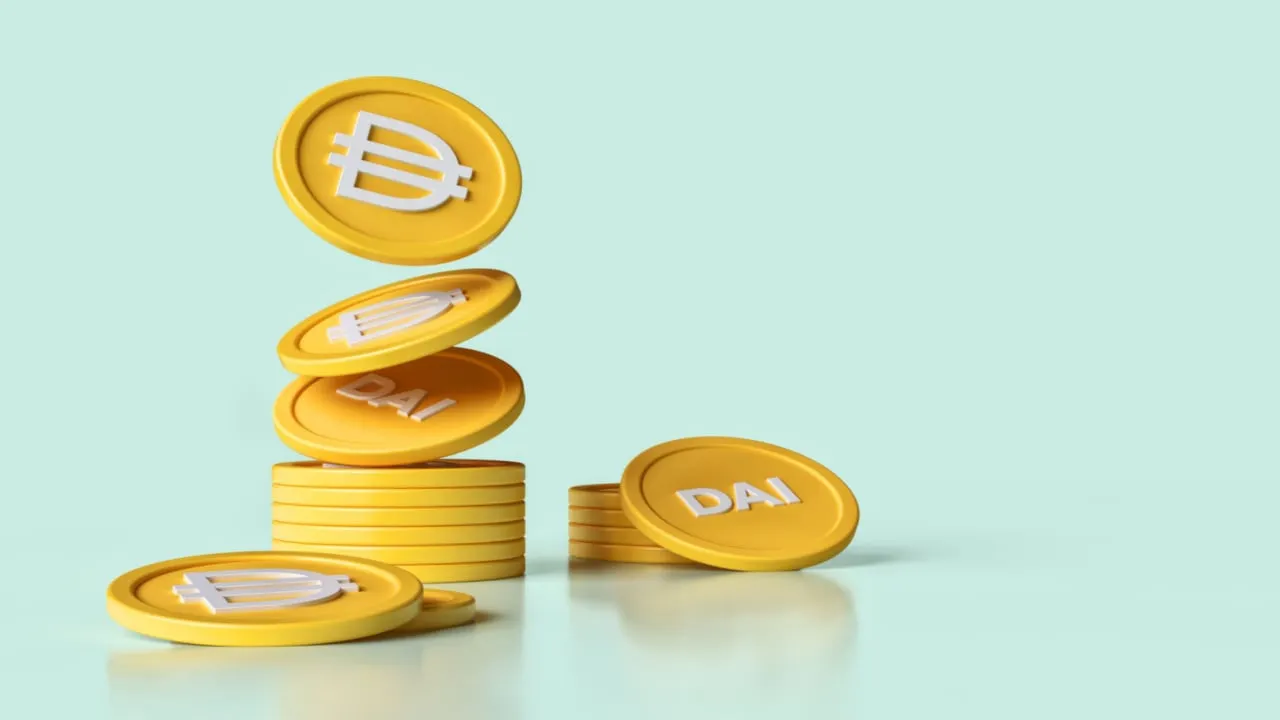We do the research, you get the alpha!
The market’s largest decentralized stablecoin got a minor decentralization boost.
At press time, the amount of Circle’s USDC stablecoin backing MakerDAO’s DAI has hit 23.6%. This figure was a whopping 50% last August, sparking concerns over DAI’s centralization.
DAI is a U.S. dollar-pegged overcollateralized stablecoin, governed by the MakerDAO decentralization organization. DAI is the largest decentralized stablecoin with a market capitalization of $4.6 billion, per Coingecko, backed by cryptocurrencies like Ethereum and stablecoins, as well as so-called real-world assets.
Now, as its dependence on USDC wanes, those real-world assets, or RWAs, are taking up a larger portion of DAI’s backing. RWAs refer to non-crypto assets and those that are linked to real-world businesses or entities.

MakerDAO currently holds short-term U.S. government bonds worth $1.12 billion, managed and tracked by British Virgin Island-based DeFi asset manager, Monetalis Clydesdale.
After that, Gemini’s GUSD and Paxos’s USDP stablecoin account for 20.8% of DAI’s collateral share, exposing the asset to the same risks as USDC.
It’s not all centralized, though. The stablecoin is backed by 11.5% of Ethereum (ETH), and an additional 8.8% is collateralized by Lido’s Staked Ethereum (STETH).
Divesting further from USDC to T-Bills
Ethereum DeFi applications developer Sébastien Derivaux told Decrypt that the shift to U.S. treasuries to him represents the “same centralization as USDC.”
Still, it’s an “improvement” he said because the RWA Foundation and custody providers holding DAI reserves are based outside of the United States.
Insofar as Circle, USDC’s issuer, is a U.S.-registered firm, it is still subject to a variety of traditional regulatory concerns. This has been seen during the blowback of this year’s banking crisis, during which Circle announced it had $3.3 billion in cash reserves in Silicon Valley Bank. The firm has also blacklisted various addresses on Ethereum wallets per orders from law enforcement.
However, the MakerDAO community has also approved a $1.6 billion USDC deposit to Coinbase Custody for stable yields.
Another RWA proposal by U.S.-based asset manager BlockTower Capital also went live on May 29 and is currently in the voting phase.
If approved, the pool would open with a debt ceiling of $1.2 billion, which is equivalent to the size of its current $1.2 billion RWA pool with Monetalis, and will likely further contribute to decreasing USDC collateral.
Though data shows that while DAI is moving away from USDC, it will still be exposed to U.S. regulations via companies like Coinbase and BlockTower.





